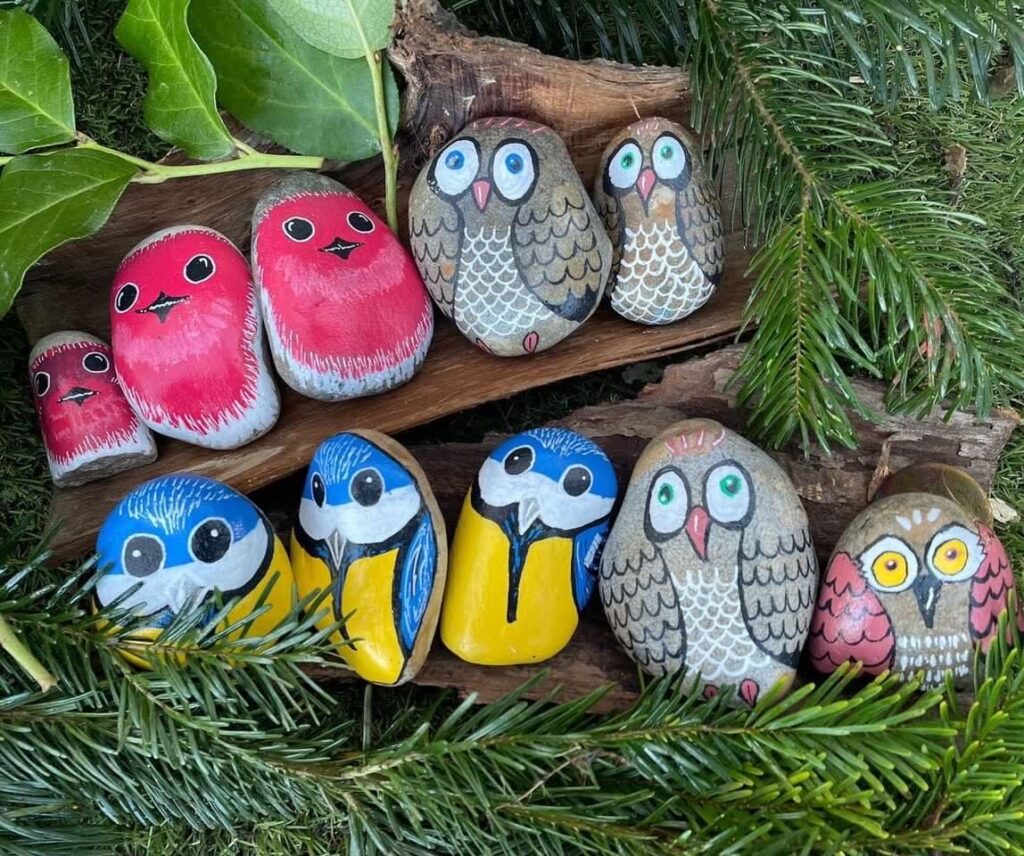20 Outdoor Bird Games and Activities
Written by Creative STAR
When learning about nature and wildlife, experiential outdoor sessions need to happen. We need children to play and to practice key skills so that observing and understanding birds is a key focus of our time.
Over the decades , a number of outdoor educators such as Joseph Cornell, Steve Van Matre, Thom Henley and Jon Young have proposed that it matters how material is presented to children. With careful thought, concepts can be taught playfully – but the learning may need to be made explicit – otherwise it’s all good fun but the coherence and depth may not be there and the impact is limited. Also games need to advocate a caring, reflective ethos that recognises the complexity of relationships between living things. This includes ourselves, as no more or less important than any other natural entity. If you live and work in parts of the world where indigenous communities exist, then listening to, working with and taking account of their perspectives and practices can also help develop meaningful and deeper teachings.
Thus when using the suggestions below, it is sensible to contextualise them, integrate them into your focus on birds in ways advocated by Curriculum for Excellence curriculum design principles and the refreshed CfE narrative. I’ve not made explicit curriculum links as so many of the ideas can be adapted or used creatively to introduce or reinforce many different key concepts.
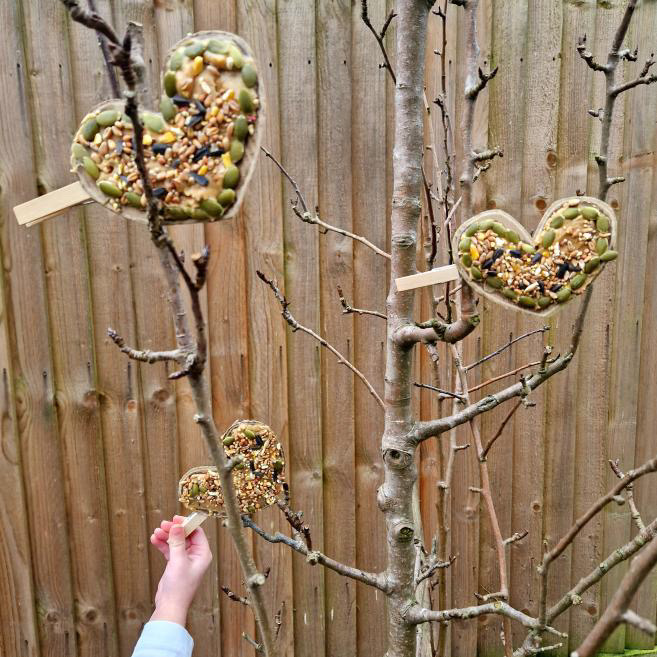
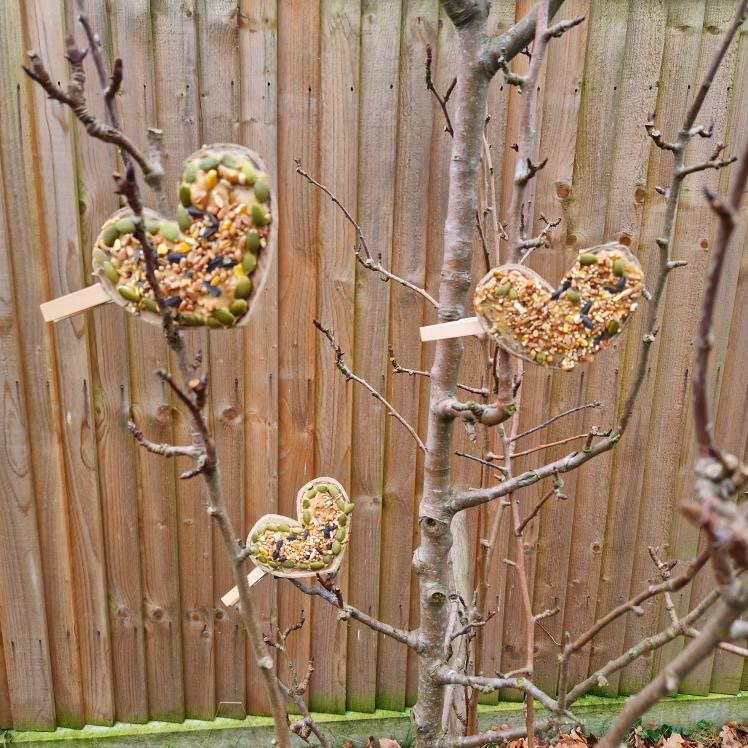
Watching and listening activities
1. Eye Spy and other similar games
Use homemade binoculars, play eye spy to help children focus on their surroundings and look at specific objects. Another game is to walk 5 steps and the children look through their binoculars and whisper aloud the name of an object they can see. Take another 5 steps and repeat the activity. Some children may prefer a single rather than double tube. This is fine as in due course learning how to use a telescope is a useful observation skill.


2. Owl ears
Get children to cup their hands (as if scooping up water) then put the “cups” behind their ears and listen. Cupped ears collect sound like satellite dishes on the side of your head. This is how owls, rabbits and deer hear. Listen to someone making a noise at the front of the group. Can the group hear a difference between using their “owl ears” and listening normally?
3. Sounding out
Listen for the number of birds you can hear around you. Hold up one fist. Every time you hear a sound, raise a finger. Try this in different places – see where the children think will work best. Where can the most number and variety of birds be heard.
Encourage your group of children to listen to the bird calls and learn to distinguish between them. For example chaffinches call as if they are saying “pink-pink”. Making up phrases that help you recognise the sounds can help. Lapwings are sometimes know as “Peewits” because of the sound of their call. Many bird apps now have bird calls on them. In my experience, children love exploring these and listening to the variety that exists.
4. Owl eyes
An owl’s eyes are fixed in their sockets, so in order to see, they have to move their whole head. To get an idea what this is like, make binoculars by encircling your eyes with your hands. Look around you. Practice is needed to see the world this way.
Children can compare their own field of vision to that of an owl. In pairs draw a large-ish circle on the ground. One person stands in the centre, the other on the edge of the circle behind. The person behind moves slowly round the other in a circle. When the centre person can see the moving partner, without moving his or her head, mark this spot on the circle. Repeat the activity but centre person should make binoculars round their eyes. Investigate the difference. For young children, this lovely song involves using owl eyes to see.
5. Go hedge watching!
Birds often build nests and hide in and near hedges. Walk by slowly and quietly, looking and listening. If you look really carefully in some hedges you can see the gaps used by birds to enter and exit the hedge.
6. Bring birds to you
Lay a trail of birdfood that lead to the seat where you are sitting. Watch and wait. Keep very still. See if you can get a bird to come to you.

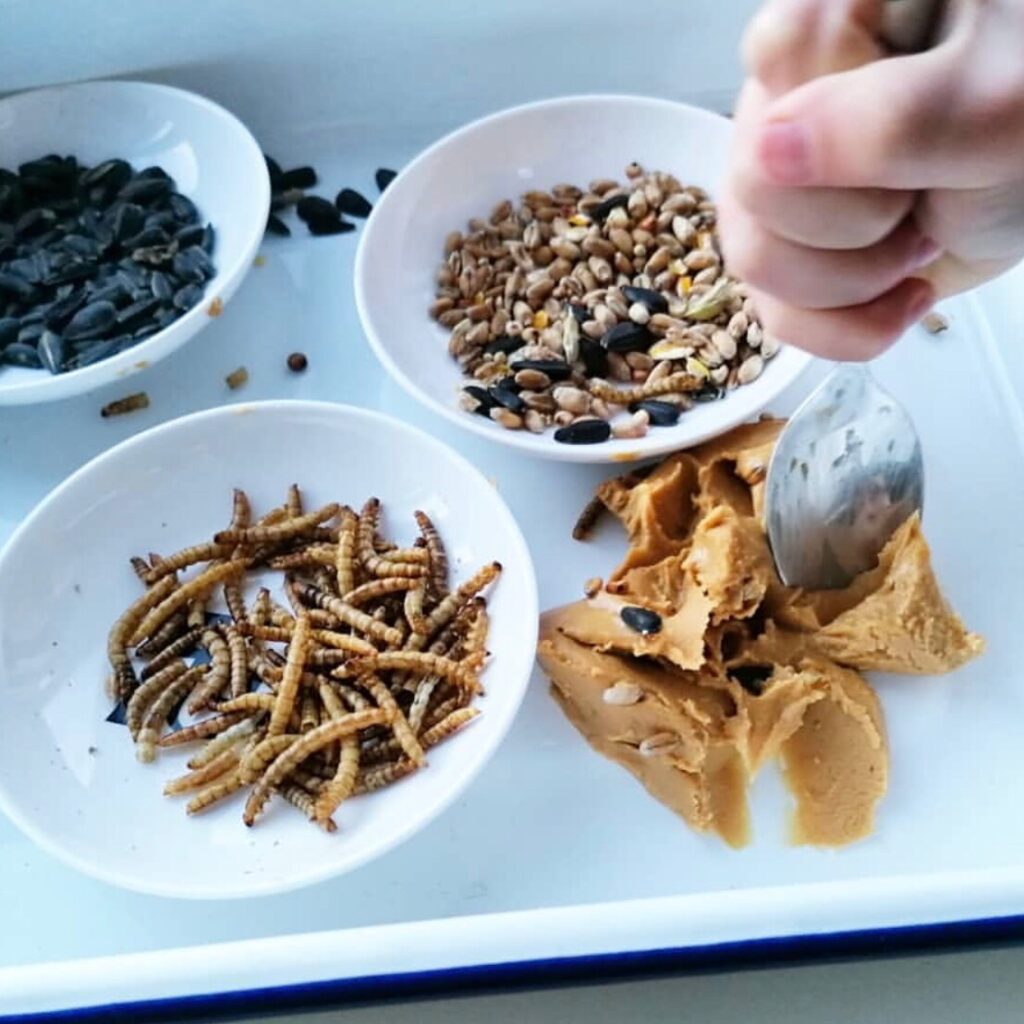
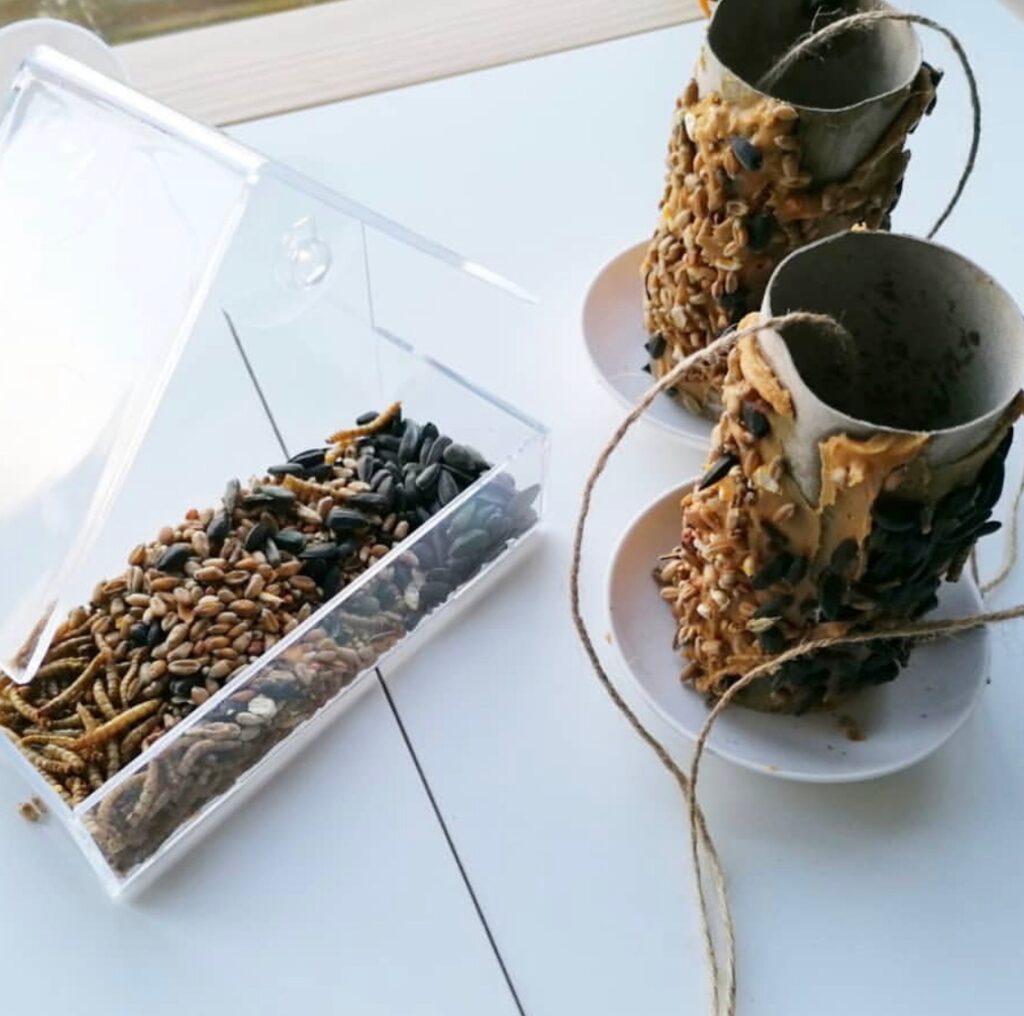
7. Find a woodpecker
Tap a tree very quickly with a stick about 10 times, then pause. Do this again. And again. This is a way of attracting male woodpeckers to come and have a look at you. Only do this in places where you know woodpeckers live. Does it matter which time of the year you do this?
8. Low flying birds
Watch swallows, house martins or swifts in the summer. The belief is that if they are flying high then the weather forecast looks good. If these birds are flying low then the weather will be worse the next day. In what ways could you test this theory?
Approaching a hide or a place to watch birds
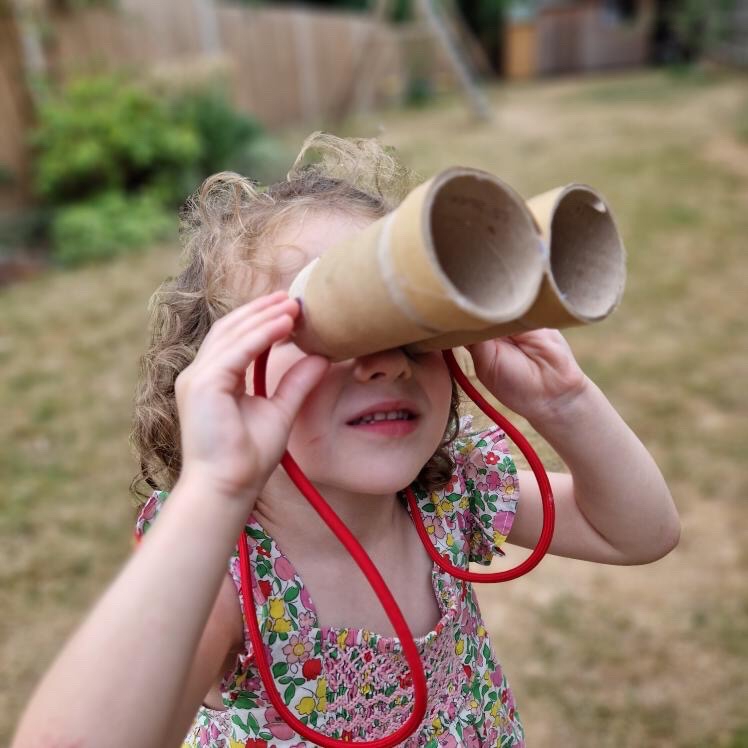
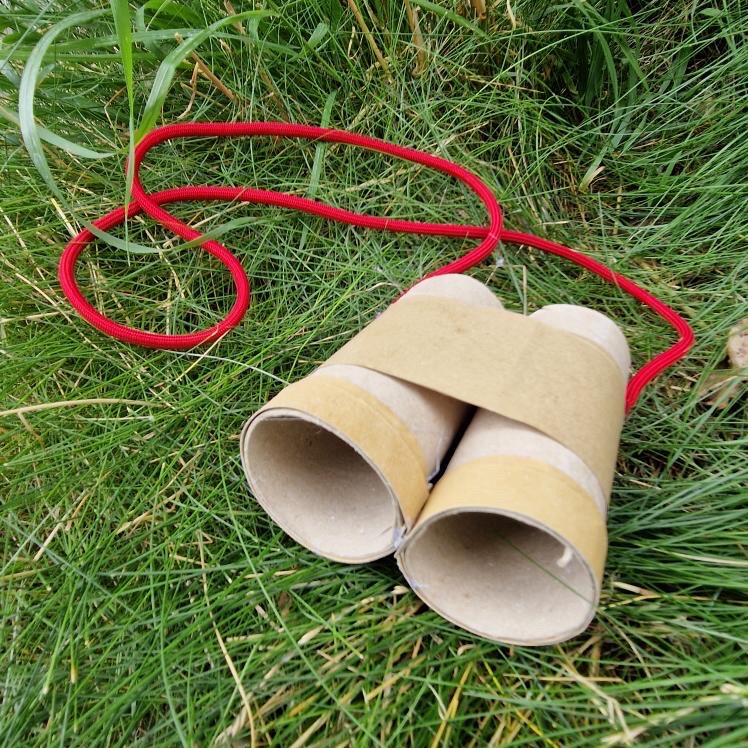
9. Practice whispering
Children need to learn that they must be absolutely silent or whisper very quietly when approaching a bird hide or inside one.
10. Walk as quietly as you can
Experiment with different footwear, surfaces and the way in which you walk. Often walking on tiptoe is more noisy than putting your whole foot on the ground. Sometimes clothing can rustle which is a bit of a giveaway!
11. Walk like an animal
This takes practice and makes children walk very slowly. Lift your leg high and place the foot flat on the ground, moving from the outside to the inside of the foot as you do this. This is a classic stalking movement.
12. Play traditional games that involve creeping up to someone
Grandmother’s footsteps is one activity – someone is the “Grandmother” and stands away from the others who carefully creep up. Whenever Grandmother turns around, the players must freeze. If they move they are sent back to the start. The first person to reach Grandmother is the winner.
A similar game involves children (pretending to be a fox, or other predator) taking turns to creep up to a blindfolded person who is guarding some pebbles. The challenge is to remove a stone without the blindfolded person hearing you. For older children, playing this in a woodland or on a noisy surface is particularly challenging.
Bird specific activities
13. Walk as the crow flies
When people talk about getting to a place “as the crow flies”, it’s about taking the shortest route. Have a look on a map and compare distances as the crow flies to the distance walking on a path or pavement. Compare distances using the Google Earth ruler function. Is it possible to walk somewhere as the crow flies?
14. Due South
Swallows, swifts and house martins all fly south to Africa for the winter. Where would you end up if you walked south for half an hour? You need a compass. Pick a direction of the compass and start walking in that direction until you can go no further. You may have to do the occasional detour. However avoid going on private land or into people’s gardens, etc. Stick to the rights and responsibilities outlined in the Scottish Outdoor Access Code or your country’s equivalent.
15. Worm dancing
After it’s been raining, gulls and other birds tap their feet on grass and other places where worms are hidden to get them to come up to the surface. Try doing the same. (N.B. This really does work on the right patch of grass. It even happened to me whilst running a training course once).
16. Under the wings of a hawk
The children line up along one side of the playground. The adult stands in the middle of the playground as the hawk. The adult calls out “Under the wings of a hawk”. The children reply “What animal?”. The hawk calls out an animal that a hawk may eat, e.g. “sparrow”. The rest of the children have to pretend to fly like sparrows across the playground and try to avoid being caught by the hawk. Any child who is caught joins the hawk and tries to tag others. Repeat the calls and actions, until eventually only one or two children are left. The hawks can also become different predatory birds if they wish too. If this game sounds familiar, it’s because it’s an adaptation of “Farmer, Farmer May We Cross Your Golden River“. So do remember to adapt games you know to teach other concepts.
Camouflage (or making oneself inconspicuous) games
17. Blend into the background
Practice sitting or standing very still and watching the animals around you. Try to avoid wearing bright colours or conspicuous clothing. Try and blend into the scenery by sitting against a tree or under a hedge. Break up your human outline by putting your hood up or crouching low. You might see birds flying in the air, feeding or simply hanging out on a lamp post. Use these moments to collect memory pictures in your head. Children can also photograph each other merging into the landscape.
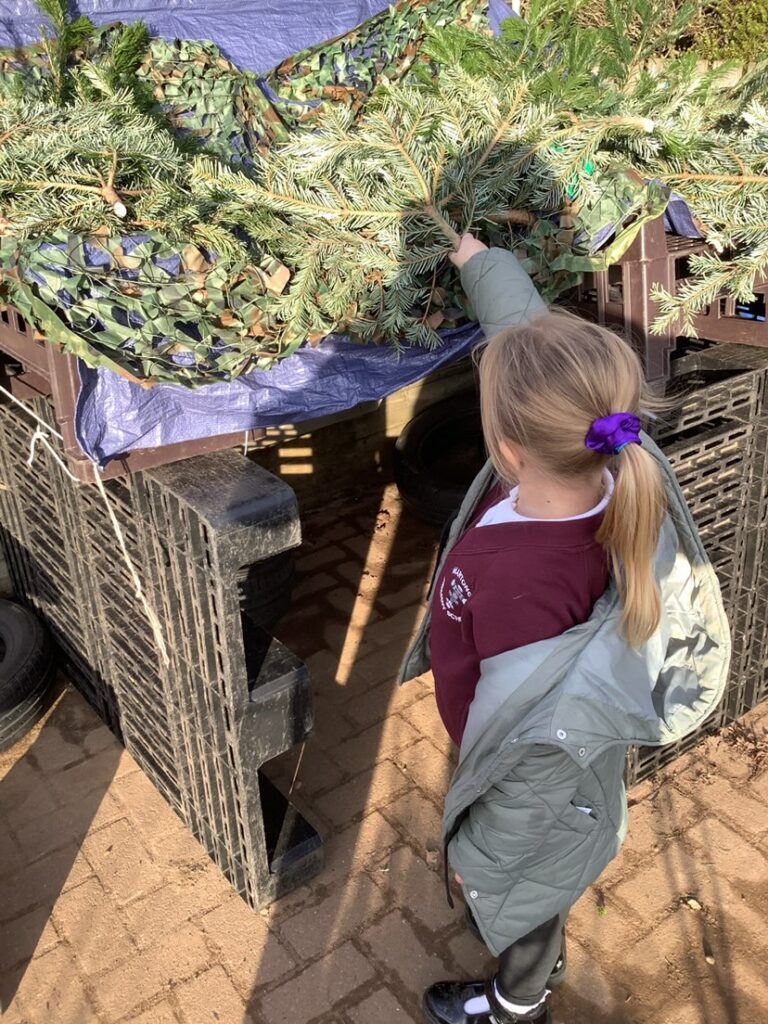
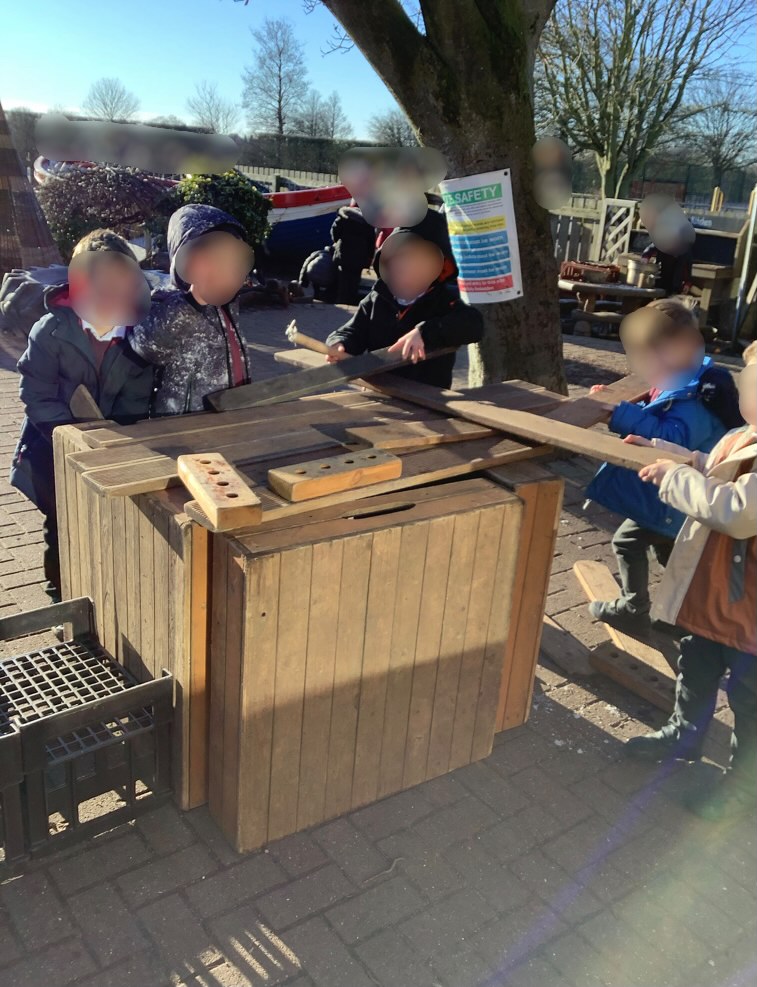
18. Colour sticks
Buy or make some coloured lolly sticks and hide them around the outdoor space
Give your children a specific length of time, e.g. 3 minutes, to find the matchsticks. At the end of this time period see which sticks the children have found. In theory, the brightly coloured sticks should be easier to find because they are not as well camouflaged. At this point it’s worth referring to books or pictures to explain why some birds are brightly coloured and others are dull.
19. Still and silent
This is a game where the adult or a chosen child pretends to be a named predator, e.g. a kestrel. Start walking around the outdoor space or do this when going for a walk. When the kestrel calls out “camouflage” and counts to five, the rest of the group (e.g. mice) must become camouflaged or they will be eaten. At the count of five the kestrel turns around and see who they catch moving. Each time this happens the kestrel counts one less until there is no time for the mice to do anything other than freeze.
Afterwards ask the children if an animal wants to be camouflaged, is it more important to be still or have the right colours? Camouflage is a concept that has as much to do with stillness and silence as colour.
20. Looking for more ideas?
Learning through Landscapes have a super selection of different bird games and activities for all seasons. Have a look here.
